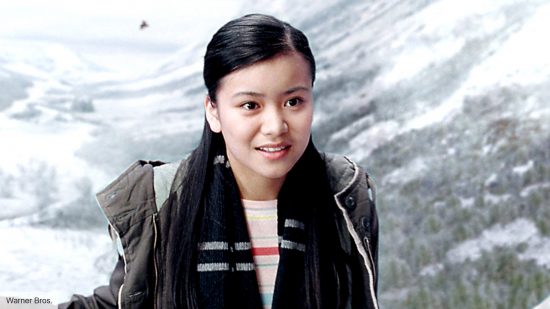The design and layout of Hogwarts evolved over the course of the eight movies in the Harry Potter franchise, almost as much as the ever-changing staircases and portraits. One of the most significant changes came in the third movie – The Prisoner of Azkaban – when suddenly there was a steep hill down to Hagrid‘s hut and a wooden bridge on stilts appeared, to provide one of the loveliest scenes.
As the saga continued over the course of a decade, Hogwarts could still provide surprises such as the Room of Requirement, which would become a significant location. There’s also the tower where one of the most significant character deaths takes place in the sixth movie – The Half-Blood Prince.
As well as Hogwarts changing over the course of the film franchise, there were also some changes made from the book. When fans visit the Warner Bros Studio Tour in London which covers The Making of Harry Potter (including sets and props), the grand finale is the large scale model of Hogwarts. And some have been prompted to ask; “what is that random tower that is separate from the rest of the school?”
In a discussion amongst fans on reddit, someone helpfully explained; “I’m pretty sure that’s the Owlery. In the books, it’s part of the castle, but in the movies, they made it a separate outbuilding. It’s where Harry asks Cho to the Yule Ball [in The Goblet of Fire]” and another fan added; “The reason for it being separated in the movie is that the director wanted to have a certain visual for that scene, therefore they changed the location of the Owlery.”
While the Harry Potter franchise may appear ‘samey,’ there were several creatives who added their own distinctive visual flair to their individual movies. The most obvious of these is Alfonso Cuarón in The Prisoner of Azkaban, but there’s also Bruno Delbonnel’s cinematography in The Half-Blood Prince. And Mike Newell, who directed Goblet of Fire is certainly another director who brought their own personality to the saga. Moving the Owlery to a more visually interesting location is just one example of this.
If you’re missing Hogwarts, check out our guides to the best Harry Potter characters and the best Harry Potter villains.
